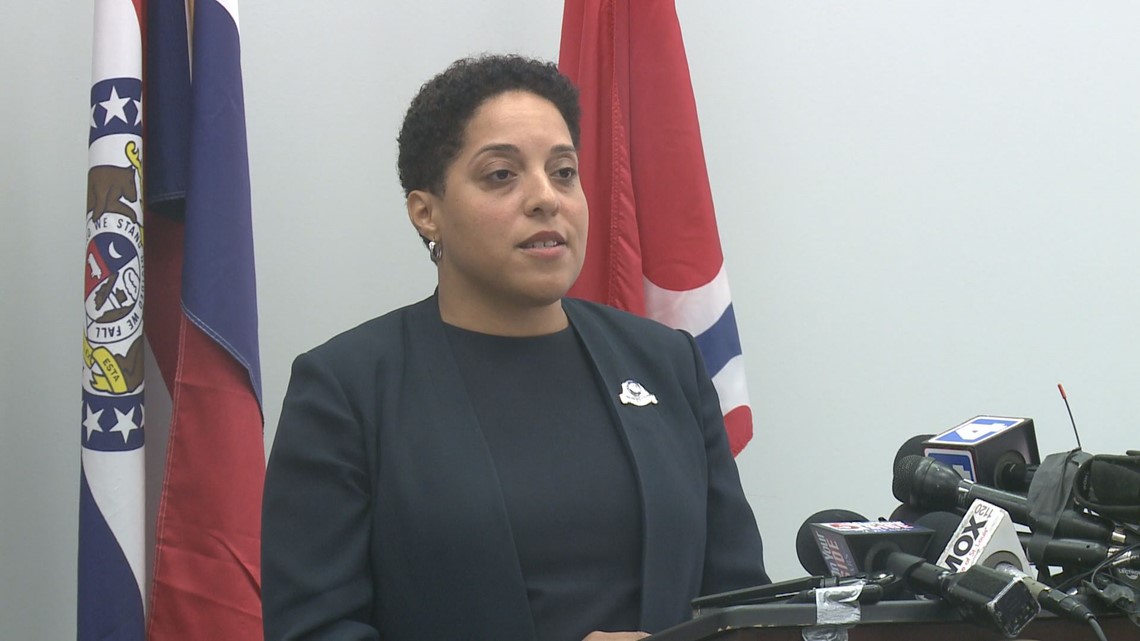A bounce message is also called a Non-Delivery Report/Receipt (NDR). It’s an automated message from the recipient’s email server with details about the specific problem with the email delivery. Complete details about the bounce type and server response are available in the Recipients tab of sent marketing emails.
Marketing emails
When contacts hard bounce on a marketing email, HubSpot drops them as recipients of future marketing emails. This protects your email sending reputation by preventing future bounces. If any valid contacts bounce on marketing emails, there’s likely a security filter blocking the incoming message.
To resolve the problem:
One-to-one emails
For emails sent through a connected inbox, bounce details are available in the email engagement on the contact timeline. A bounce for a one-to-one sales email sent from HubSpot CRM will display less information than a marketing email because it’s sent through a connected inbox. You’ll receive a bounceback email with the full bounce response in your own inbox.
Please note:
- HubSpot supports bounce detection for Google and Office 365 inboxes, but only has limited support for Exchange and IMAP inboxes. Because the configurations for Exchange and IMAP inboxes can vary greatly, HubSpot will not always be able to detect a bounce.
- HubSpot can only detect bounces if the bounceback message is a direct reply to the email that bounced. Services like Mimecast can send bounce notifications as separate emails, which will cause issues with HubSpot’s bounce detection.
Types of bounces
- Hard bounce: usually indicates a permanent error, but can also be caused by a strict email security filter. To protect your email sender reputation, HubSpot excludes these contacts from future emails.
- Soft bounce: indicates a temporary problem with the recipients server, or another temporary technical problem. Contacts who soft bounce are eligible to receive future emails from you.
- Pending bounce: caused by a temporary technical issue with either the sending or receiving email server. HubSpot continues to try sending the email for up to 72 hours. If the message isn’t delivered during that time, it becomes a soft bounce.
- Global bounce: a hard bounce for a permanent reason across three or more HubSpot accounts. Permanent bounces include unknown user and mailbox full. Global bounces are dropped from future emails across all HubSpot accounts.
Hard bounce errors and recommendations
You can view why a contact hard bounced in the Recipients tab of one of your sent emails.
- In your HubSpot account, navigate to Marketing > Email.
- Click the name of your email that included any contacts who bounced.
- Click the Recipients tab.
- In the left sidebar menu, click Bounced.
- Click on a recipient to view more details about why they bounced. Under the Reason column, you can review the issue that HubSpot encountered when attempting to deliver your email to the recipient:
- Unknown user: this indicates a permanent error caused by an invalid email address. HubSpot automatically drops contacts from future emails if they bounce for this reason. If a contact bounces for this reason across three HubSpot accounts, the email address is globally bounced.
- Mailbox full: this indicates a permanent error caused by an abandoned email inbox. HubSpot automatically drops contacts from future emails if they bounce for this reason. If a contact bounces for this reason across three HubSpot accounts, the email address is globally bounced.
-
Content: something in the email body or subject triggered spam filters. To solve the problem, ask the contact to add your sending IP addresses to their allowlist, then unbounce the contact in HubSpot. Learn more about spam trigger words.
-
Spam: something in the body, subject, or From address of the email that is classified as spam by the recipient’s email server. To solve the problem, ask the contact to add your sending IP addresses to their allowlist, then unbounce the contact in HubSpot.
-
Policy: the email did not pass one of the security policies of the recipient’s server, but it is not explicit about which one. This includes DMARC; DKIM, and SPF authentication failures. To solve the problem, ask the contact to add your sending IP addresses to their allowlist, then unbounce the contact in HubSpot.
-
Other: the response from the recipient’s email server wasn’t specific enough to categorize the bounce. To solve the problem, ask the contact to add your sending IP addresses to their allowlist, then unbounce the contact in HubSpot.
You can also view a contact’s value in the Email hard bounce reason property.
Please note: if an email to a contact globally bounced, but none of the emails you’ve sent to the contact from your HubSpot account have hard bounced, then the Email hard bounce reason property won’t have an associated value.
Soft bounce errors and recommendations
-
Temporary technical issue with the recipient’s email: the recipient’s server may be overloaded, timing out, or undergoing some configuration changes that prevented it from accepting the message. Create a clone of the original email and send it to the affected contacts at a later date. For a one-to-one sales email, try sending your message again at a later date.
-
Rejected by recipient’s email security filter: there’s a temporary problem with the recipient’s server or HubSpot’s sending IP addresses. To solve the problem, ask the contact to add your sending IP addresses to their allowlist. Then create a clone of the original email and send it to the affected contacts at a later date. For a one-to-one sales email, try sending your message again at a later date.
-
Your IT team has not authorized HubSpot to send emails on your behalf: your IT team set up a custom DMARC policy that needs to be updated to include HubSpot. Reach out to your IT team to send them documentation about using a DMARC policy with HubSpot.
-
Temporary technical issue: there may have been a temporary technical problem with the recipient’s email server or HubSpot’s email server. Create a clone of the original email and send it to the affected contacts at a later date. For a one-to-one sales email, try sending your message again at a later date.
https://knowledge.hubspot.com/email/what-is-the-difference-between-a-hard-bounce-and-a-soft-bounce






